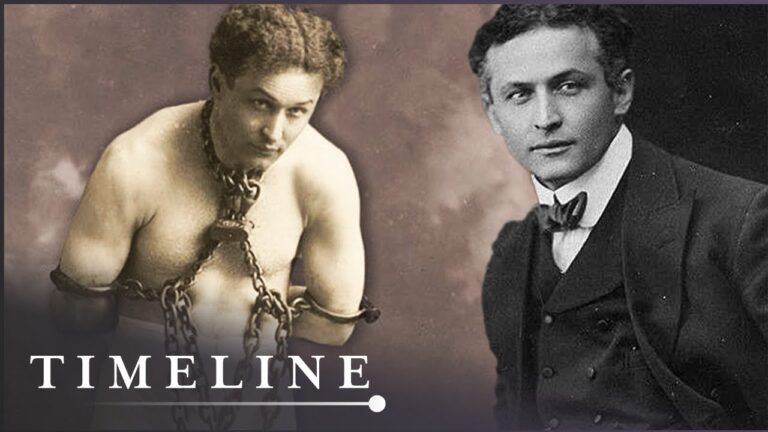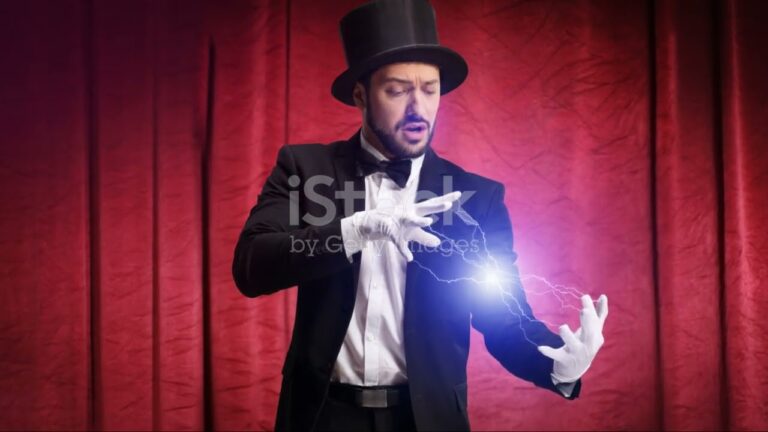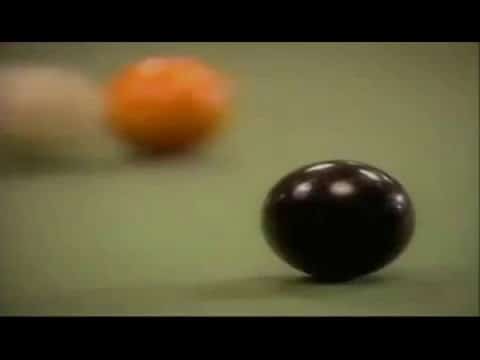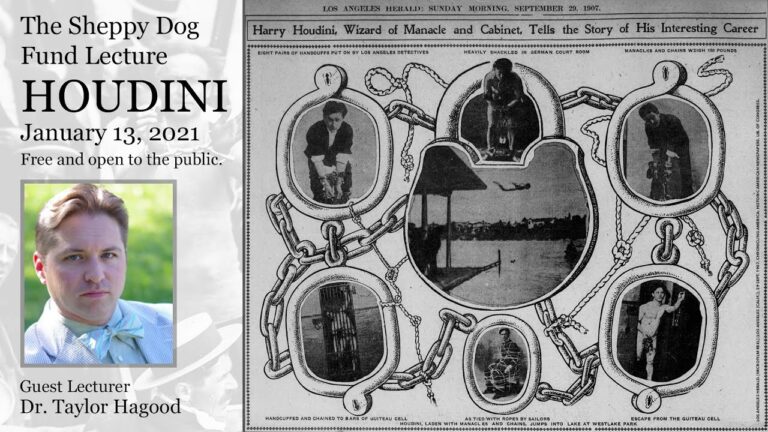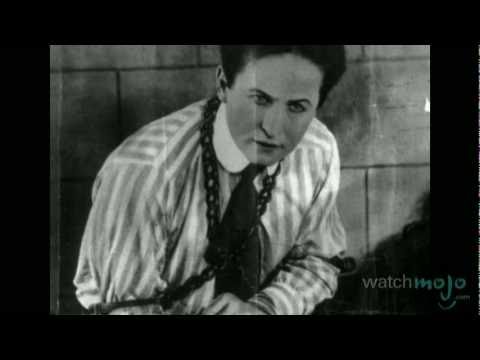Mental Conditioning for Escape Artists: Techniques Inspired by Houdini
Escape artists need more than physical skills to perform dangerous stunts. Mental strength plays a key role in successful escapes. Learning to stay calm under pressure, control your breathing, and maintain focus are essential skills that made Houdini a master of escape artistry.
You can train your mind like Houdini did. He knew that staying calm and steady during escape acts was crucial, especially when air was limited. His success came from a mix of technical knowledge, physical ability, and mental preparation.
Your mental conditioning routine should match the intensity of your physical training. Modern escape artists spend hours practicing both mind and body control. A structured approach helps you build the mental toughness needed for challenging performances.
The Legacy of Houdini: A Brief Overview

Harry Houdini transformed escape artistry through his revolutionary blend of physical prowess and mental fortitude. His daring escapes and breathtaking feats continue to influence performers today.
Houdini’s Impact on Modern Escape Artistry
When you study modern escape artists, you’ll see Houdini’s influence in every performance. His ability to push human limits created a blueprint for future generations.
The techniques he pioneered remain the foundation of escape artistry:
- Misdirection and psychological control
- Strategic physical positioning
- Masterful crowd engagement
His legacy of escapism inspires performers to discover new ways to challenge themselves and amaze audiences.
The Importance of Mental Conditioning in Houdini’s Performances
Your success as an escape artist depends heavily on mental preparation, just as Houdini demonstrated. His mix of physical fitness and mental focus created the perfect balance for performing under pressure.
Mental conditioning techniques Houdini mastered:
- Breath control under extreme conditions
- Intense focus during high-stress situations
- Visualization of successful escapes
His determination to challenge death itself through repeated near-fatal performances showed the crucial role of mental strength in escape artistry.
Psychological Preparation Methods

Mental preparation forms the foundation of successful escape artistry. The mind must remain steady and focused even in tight spaces or dangerous situations.
Understanding the Mindset of Houdini
Staying calm and steady became Houdini’s trademark during his most challenging escapes. You must develop an unshakeable belief in your abilities, just as he did.
Your mindset needs to blend confidence with careful planning. Think of each escape as a puzzle to solve rather than a threat to fear.
Keep your thoughts practical and methodical. Break down complex escapes into smaller, manageable steps in your mind before attempting them.
Techniques for Maintaining Composure Under Pressure
Practice deep breathing exercises daily. Focus on slow, controlled breaths that you can use even in confined spaces.
Train your body and mind together through regular practice sessions. Start with simple restraints and gradually increase difficulty as your confidence grows.
Use visualization techniques to prepare for performances:
- Picture yourself moving calmly through each step
- Mentally rehearse backup plans
- Imagine successful completion
Building Unwavering Focus
Create a pre-performance routine to center your thoughts. This might include meditation or simple stretching exercises.
Eliminate distractions during practice sessions. Train yourself to maintain concentration even with noise or audience presence.
Set up progressive challenges:
- Start with short periods of restraint
- Gradually extend time limits
- Practice in different environments
You can also build mental stamina through regular meditation and focus exercises. Even 10 minutes daily can strengthen your concentration abilities.
Mental Conditioning Techniques

Mental conditioning forms the foundation of successful escape artistry. The mind must be trained to maintain control under pressure while executing complex maneuvers in challenging situations.
Visualization and Mental Rehearsal
Houdini’s approach to mental preparation emphasized detailed visualization of every escape sequence. You must practice seeing each move in your mind before attempting physical execution.
Create a mental map of your restraints, locks, and surrounding environment. Spend 15-20 minutes daily visualizing:
- The texture and weight of restraints
- The sequence of movements required
- Potential obstacles and solutions
- Successful completion of the escape
Practice visualization both in a calm state and while experiencing mild physical stress. This helps bridge the gap between mental rehearsal and real performance conditions.
Stress Management and Relaxation Techniques
Staying calm during limited air supply situations requires mastery of your autonomic nervous system. Your breath control directly impacts performance under pressure.
Learn these essential relaxation methods:
- Box breathing: Inhale 4 counts, hold 4, exhale 4, hold 4
- Progressive muscle relaxation: Tense and release each muscle group
- Mental anchoring: Associate a specific word or touch with instant calm
Practice these techniques daily in increasingly challenging situations to build automatic stress response control.
Developing Mental Resilience
Build psychological strength through gradual exposure to discomfort. Start with simple challenges and progressively increase difficulty.
Test your limits with:
- Cold water immersion training
- Extended periods of physical restraint
- Practice sessions with time pressure
- Performing with distractions present
Keep a performance journal to track your mental state during training. Note specific triggers that cause anxiety or loss of focus. Use these insights to refine your mental conditioning routine.
Practical Strategies for Modern Performers
Modern escape artists need specific mental and physical skills to perform successfully. These skills come from dedicated practice, focused training, and careful attention to detail.
Actionable Exercises for Enhancing Focus
Start your day with 15 minutes of mindfulness meditation. Pay attention to your breath while practicing simple escape techniques like rope untying.
Create a daily mental rehearsal routine:
- Visualize your performance sequence step by step
- Practice under time pressure
- Work with distractions present
Remain calm and steady during practice sessions. Your heart rate should stay controlled even when restrained.
Set up progressive challenges. Begin with simple locks and gradually increase complexity as your focus improves.
Training Approaches for Building Mental Fortitude
Practice breath control exercises underwater. Start with 30-second holds and gradually extend the duration while maintaining composure.
Build psychological resilience through controlled stress exposure:
- Work in dark environments
- Practice with time limits
- Train with background noise
You must also master the balance between order and chaos in your practice sessions. Your mind must stay sharp under pressure.
Take ice baths to strengthen your ability to think clearly in uncomfortable situations.
Incorporating Houdini’s Techniques into Modern Practice
Study Houdini’s escape methods and adapt them to contemporary settings. Focus on his systematic approach to problem-solving.
Essential Houdini-inspired practices:
- Regular flexibility training
- Lock picking practice
- Muscle control exercises
Develop your own signature escape sequences. Combine traditional techniques with modern innovations.
Practice with updated safety equipment and maintain strict protocols during training sessions.
Case Studies and Examples
Mental conditioning methods helped many escape artists push past fear and self-doubt to achieve seemingly impossible feats. These performers used specific techniques to train their minds and bodies for high-stakes situations.
Modern Escape Artists Inspired by Houdini
Limitations are mental – this core principle drives today’s top escape artists. Dean Gunnarson exemplifies this mindset through his dangerous escapes from moving vehicles and underwater chambers.
Dorothy Dietrich broke gender barriers by becoming the first woman to perform the bullet catch. She credits intensive visualization and breathing exercises for maintaining focus under pressure.
Spencer Horsman developed his own variation of Houdini’s Chinese Water Torture Cell. His rigorous mental preparation includes meditation and progressive muscle relaxation before each performance.
Success Stories of Performers Using Mental Conditioning Techniques
Steve Santini mastered confined space escapes by practicing systematic desensitization. He gradually increased time spent in restrictive positions while maintaining calm breathing.
Jonathan Goodwin used positive self-talk and anchoring techniques to complete his most challenging stunts. Before each performance, he would squeeze his fist while mentally rehearsing successful escapes.
Lucas Wilson broke multiple speed records for straightjacket escapes. His mental conditioning routine includes:
- 20 minutes of focused breathing
- Visualization of each escape step
- Affirmations of capability
- Physical warmup exercises
Lessons Learned from Houdini’s Most Famous Escapes
The art of escape required intense mental fortitude.
Houdini’s Mirror Challenge escape demonstrated the importance of maintaining spatial awareness while disoriented.
His buried alive stunt taught future performers about managing claustrophobia through controlled breathing. The key was taking slow, measured breaths despite the panic response.
The Chinese Water Torture Cell highlighted the need for complete mental presence. You must focus solely on the escape sequence, blocking out all external factors.

